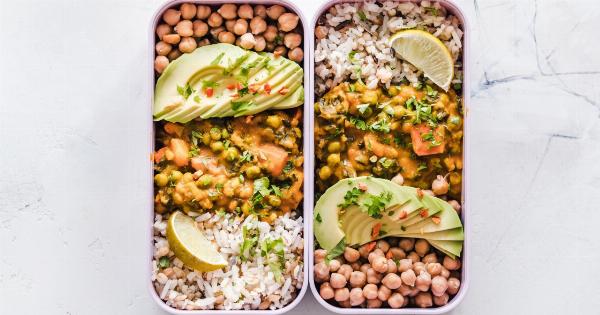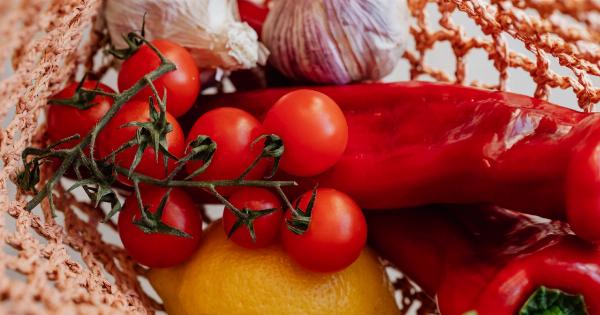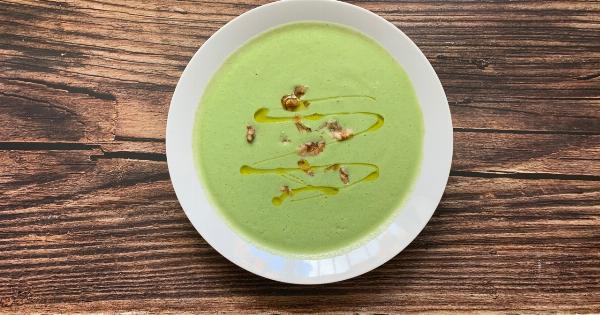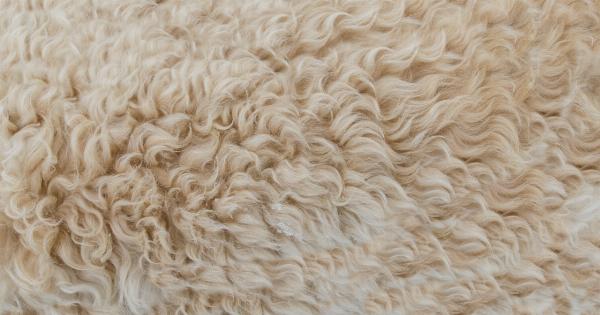Rice is a versatile and nutritious grain that has been a dietary staple for centuries. It is consumed by a large portion of the world’s population, particularly in Asia, where it is a dietary staple.
Rice is not only delicious but also offers a plethora of health benefits. From providing essential nutrients to promoting digestion, incorporating rice into a healthy diet can be a game-changer. In this article, we will explore various ways to include rice in your diet while maintaining a healthy lifestyle.
Choosing the Right Rice
When it comes to incorporating rice into your diet, it is important to choose the right type of rice. There are several varieties available, including white rice, brown rice, basmati rice, jasmine rice, and wild rice.
While each type has its own unique flavor and texture, some are healthier options than others.
If you are looking for a healthier alternative to white rice, consider replacing it with brown rice. Unlike white rice, brown rice retains the bran and germ layers, making it a more nutritious choice.
Brown rice is rich in fiber, vitamins, and minerals, and it also has a lower glycemic index, which may aid in blood sugar control.
Another healthy option is wild rice, which is not technically a rice variety but rather the seed of aquatic grasses. Wild rice is packed with fiber and minerals, such as manganese, phosphorus, and magnesium.
Its nutty flavor and chewy texture add a delightful twist to any recipe.
Adding Rice to Your Meals
Rice can be incorporated into your meals in countless ways. Whether you prefer it as a side dish or the main course, rice can enhance the flavor and nutritional value of your meals.
1. Rice Bowls
Rice bowls are a delectable way to enjoy a balanced and nutritious meal. Simply cook your choice of rice, whether it’s white, brown, or wild, and top it with a variety of colorful vegetables, lean proteins, and a flavorful sauce.
You can customize your rice bowl based on your preferences and dietary needs. Some popular options include teriyaki chicken rice bowls, cauliflower fried rice bowls, and vegetarian buddha bowls.
2. Rice Salads
Rice salads are a refreshing and satisfying option, particularly during warmer months. Cooked rice is mixed with an array of fresh vegetables, herbs, and a tangy dressing to create a nutritious and flavorful salad.
You can experiment with different ingredients and dressings to suit your taste. Consider trying a Mediterranean rice salad with cherry tomatoes, cucumbers, olives, feta cheese, and a lemon vinaigrette.
3. Stuffed Vegetables
Rice can also be used as a stuffing for vegetables, such as bell peppers, tomatoes, and zucchini. The combination of the savory filling and tender vegetables creates a wholesome and visually appealing dish.
To make stuffed vegetables, cook the rice with your choice of seasonings and vegetables, and then stuff the mixture into hollowed-out vegetables. Bake or steam until the vegetables are soft and the flavors meld together.
4. Rice Sushi Rolls
Sushi rolls, also known as makizushi, are a popular Japanese dish that typically consists of vinegared rice, various fillings, and seaweed. Making your own sushi rolls at home allows you to control the ingredients and ensure freshness.
You can fill sushi rolls with an assortment of vegetables, seafood, or cooked proteins, creating a nutritious and fulfilling meal.
5. Rice Porridge
Rice porridge, also known as congee, is a comforting and nourishing dish commonly consumed for breakfast or as a remedy for illness.
To make rice porridge, cook rice with a generous amount of liquid, such as water or broth, until the grains break down and create a creamy consistency. You can add various toppings, such as boiled eggs, scallions, shredded chicken, or mushrooms, to enhance the flavors.
6. Rice Cakes
Rice cakes are a versatile snack that can be enjoyed sweet or savory. They are made by shaping cooked rice into cakes and then grilling, baking, or pan-frying them. For a sweet treat, sprinkle rice cakes with cinnamon and drizzle them with honey.
To create a savory snack, top rice cakes with avocado, smoked salmon, or hummus.
7. Rice Pudding
Rice pudding is a comforting dessert that can be enjoyed warm or cold. It is made by cooking rice with milk, sugar, and spices until it thickens into a creamy consistency.
You can customize your rice pudding by adding fruits, nuts, or a sprinkle of cinnamon on top. For a healthier version, use alternatives like almond milk and natural sweeteners.
8. Rice Flour
Rice flour, made from finely ground rice, is a gluten-free alternative to wheat flour. It can be used in a variety of recipes, including baked goods, pancakes, and coatings for fried foods.
Rice flour adds a delicate texture and a slightly sweet flavor to dishes. Experiment with rice flour in your favorite recipes to discover its unique qualities.
9. Rice as a Thickener
Rice can also be used as a natural thickening agent in soups, stews, and sauces. Cooked rice can be blended or mashed to create a smooth paste that adds body and creaminess to dishes.
This is particularly useful for individuals who follow a gluten-free or dairy-free diet but still desire a rich and thick texture in their meals.
10. Rice Crackers
Rice crackers are a popular snack that offers a satisfying crunch. They are typically made from rice flour and can be flavored with herbs, spices, or seaweed.
Rice crackers are a healthier alternative to regular potato chips and can be enjoyed on their own or paired with dips or spreads.
Conclusion
Incorporating rice into a healthy diet can be both delicious and beneficial for your overall well-being.
By choosing the right type of rice and experimenting with various recipes and cooking methods, you can enjoy the versatility and nutritional value that rice has to offer. Whether you opt for rice bowls, salads, sushi rolls, or desserts, rice can be a versatile ingredient that adds taste and substance to your meals.





























